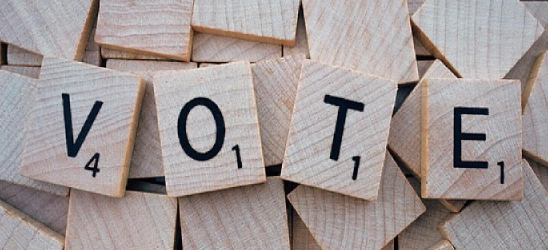
So, yesterday I did some back-of-the-envelope math about the party makeup of the California and Texas delegations in the U.S. House of Representatives to see what they would look like under a system of proportional representation by party registration.
Like ya’ do.
Well, like I do anyway.
I was pretty surprised at how much of a difference it made, and wanted to see what kind of a change it would make if we applied it across the whole House.
So I made a spreadsheet:
- Apple Numbers: spreadsheet
- PDF: current U.S. House delegations
- PDF: current party registrations
- PDF: proportional U.S. House delegations
The makeup of the current House delegations comes from Wikipedia; the party registration data comes from the Independent Voter Project.
I’m only going to talk about the overall numbers here, so you’ll have to take a look at the proportional U.S. House delegations page there to see how your state’s Congressional delegation would change.
The bottom-line numbers are kinda shocking.
The current party makeup of the U.S. House of Representatives is:
- 208 Democrats
- 227 Republicans
- 0 Others
If we allocated seats in the House of Representatives based on party registration, the party makeup of the U.S. House of Representatives would be:
- 168 Democrats
- 141 Republicans
- 127 Others
(That comes out at 1 above the actual number of representatives because of an oddity with rounding in sets of more than two numbers; sometimes the rounding-ups don’t exactly balance the rounding-downs. In the real world, that wouldn’t result in adding another representative, but this isn’t an actual research paper so I didn’t go off into the weeds to deal with a literal rounding error.)
That is a massive shift.
And would have significant implications for what kind of country the U.S. would be.
In addition to looking a lot more like the actual electorate, and representing a much more accurate spectrum of the electorate’s views, this would also mean an end to the swings in public policy that have come with regularly switching the majority back and forth between two parties.
- The plurality would be held by the Democrats and
- the Republicans would be a minority but not by a lot,
- and neither major party would be anywhere near having a majority,
- so neither major party would be in a position to dominate.
So actual policy would be made by whichever of the major parties could convince enough of the minor parties to join them on a particular issue rather than by whichever major party has a slight majority at the moment just steamrolling everyone else.
Bliss.
Now, we don’t have a system like this because when the Constitution was written they only had a simple idea of how democracies could work, political science was over 100 years in their future and the fastest way they had to move information around was a horse.
We don’t have those limitations anymore.
We know how to do this stuff better.
We have the technology do it.
We should do it.
Now.
- You Should Read This: The 2025 Hater’s Guide To The Williams-Sonoma Catalog - 2025-12-22
- Secession: What A ****show - 2025-12-19
- Framing For Goblins: Say Your Right Words - 2025-12-18
- Ain’t Representin’:There’s Only One Solution To Gerrymandering
- Plenary Power Rangers: Steven Miller Says The Quiet Part Loud Again
- Failed Constitution Check: The Professoriat Weighs In
- Not Illegal Here: On Extradition And Investigative Support
- Gerrymandering: Will Making It Worse Actually Make Anything Better?
